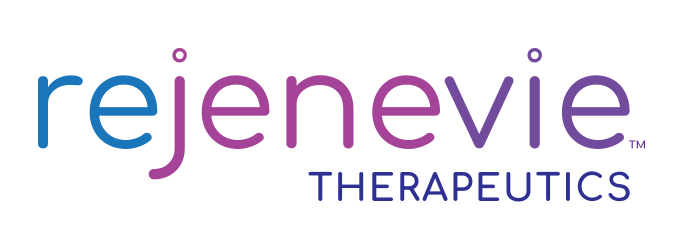
Organization Description
Rejenevie Therapeutics’ website states that its goal is to target age-related hematopoietic stem cell (HSCs) dysfunction as a means to treat and delay the onset of age-related diseases. The company performs transplants of autologous bone marrow stem cells treated with soluble factors from young donors for putative immune rejuvenation. They state that “Our approach utilizes a heterochronic, or mixed age, cell culture model to stimulate production of rejuvenating factors from young blood cells. When applied to aged HSCs, youthful function is restored.” It is not clear how it stimulates the production of pro-youth factors from the young cells differently from untreated young cells, or in what systems and by what metrics they have shown HSC function to be restored.
AR-100
On their pipeline page, Rejenevie states that their “lead product, AR-100, is an autologous mobilized peripheral blood cell therapy utilizing the Rejenevie™ proprietary immune restoration technology. This therapy is currently in Phase II studies at The Okyanos Center for Regenerative Medicine, in Freeport, Bahamas, under a protocol approved by the Bahamian National Stem Cell Ethics Committee (NSCEC).”
The Rejenevie proprietary immune restoration technology appears to be outlined on their Research and Overview & Safety pages. Rejenevie places “young” (donor) cells in the top chamber of a Transwell and “aged” (patient) cells in the bottom, allowing exosomes, proteins, microRNAs, lipids, and other factors from the “young” cells to reach the “aged” cells through the Transwell’s 400 nm pores.
The company argues that the treatment should be considered an autologous therapy because they do not transfuse the young donor cells — only the patient’s autologous cells following exposure to young-cell factors via the Transwell system.
On the Research page, they state that they “spent five years developing a sophisticated animal model to test our immune restoration therapy“ — namely, a humanized mouse model — and showed that “our technology” (evidently AR-100) generated no significant safety concerns and exerted favorable effects on several immune population numbers. They also state that an independent pathologist examined organs harvested from their humanized mice and observed no pathological findings.
Yet on the pipeline page, as of September 2025, they state that “In early 2020, we will begin our preclinical program to develop AR-100” (emphasis added). It is not clear how to reconcile these statements.
As noted above, the company states that “Our approach utilizes a heterochronic, or mixed age, cell culture model to stimulate production of rejuvenating factors from young blood cells. When applied to aged HSCs, youthful function is restored.” It is not clear how Rejenevie stimulates the young cells to produce pro-youth factors differently from untreated young cells, or in what systems and by what metrics they have shown HSC function to be restored.
The company has a publications page, but these publications (which are mainly on the subject of heterochronic parabiosis) are not the work of company-affiliated scientists but of independent groups. The apparent lack of an update as of September 2025 since sometime prior to early 2020 is also noteworthy.
Rejuvenie states that their “young” cell donors are “completely anonymous to us. They are recruited by the cell collection centers.” They say that “The ideal donor candidate is 18 to 29 years of age” and has a range of healthy anthropometric and lifestyle attributes, but it is not clear whether all donors are thus “ideal” and how rigorously the preferred lifestyle is confirmed. Donors must also be “deemed healthy enough to receive the drug.” It appears likely that “the drug” is filgrastim.
Other Candidates
Rejenevie’s pipeline page also says that “In early 2020, we will begin our preclinical program to develop” RJV-17 and RJV-22, which they describe as “proprietary combination[s] of factors isolated from young mobilized blood stem and immune cells” — young mobilized blood, young blood stem and immune cells, stromal vascular fraction (SVF) cells, and factors taken therefrom. They say that their “pipeline will encompass both cell- and gene-based products, primarily developed as immunotherapies for a group of select oncology (liquid and solid tumor) and infectious disease indications. We are also exploring a unique group of downstream targets of RJV-17 and RJV-22, using a druggable approach.”
